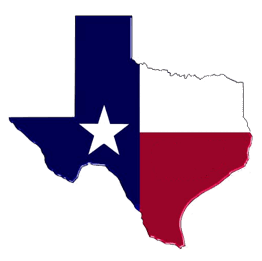The Texas property tax system has four main phases or sets of functions that occur within certain dates:
Appraisal Phase (January 1 through May 15)
| January 1 – April 30 | Appraisal districts appraise property and process exemption applications |
| April – May 1 | Appraisal districts send notices of appraised value to property owners |
| May 15 | Appraisal districts prepare the appraisal record and submit it to the ARB |
Equalization Phase (May 15 through July 25)
| May 15 – July 20 | ARBs hear and determine protests and challenges |
| July 20 | ARBs approve the appraisal records |
| July 25 | Appraisal districts certify the appraisal roll |
Assessment Phase (July 25 through October 1)
| July 25 | Taxing units receive the appraisal roll |
| July 25 – September 30 | Taxing units adopt tax rates and levy (calculate) taxes |
| October 1 | Tax collectors begin sending tax bills to taxpayers |
Collection Phase (October 1 through January 31)
| October 1 – January 31 | Tax collectors collect current taxes |
| February 1 | Penalties and interest begin accruing |
| July 25 | Tax collectors may add additional penalties for legal costs |
The tax calendar is a schedule of property tax activities with either legal deadlines or deadlines based on the occurrence of other events. If the last day for performing an act falls on a Saturday, Sunday or legal state or national holiday, the deadline is the next regular business day. The Comptroller’s office publishes a calendar of specific deadlines established by Texas property tax laws on its website at comptroller.
texas.gov/taxes/property-tax/calendars/index.php

During the appraisal phase, appraisal districts appraise property, make determinations on exemption applications, send appraisal notices to property owners, and submit the appraisal records to the ARB. The ARB hears and determines property owner protests and taxing unit challenges and approves the appraisal records during the equalization phase. The assessment phase begins when taxing units receive the appraisal roll from the chief appraiser. During the assessment phase, taxing units adopt tax rates, calculate levies and send tax bills. Taxes are collected and penalties and interest are applied on delinquent taxes during the collections phase.
Information on this page taken from the Texas Comptroller of Public Accounts website.

